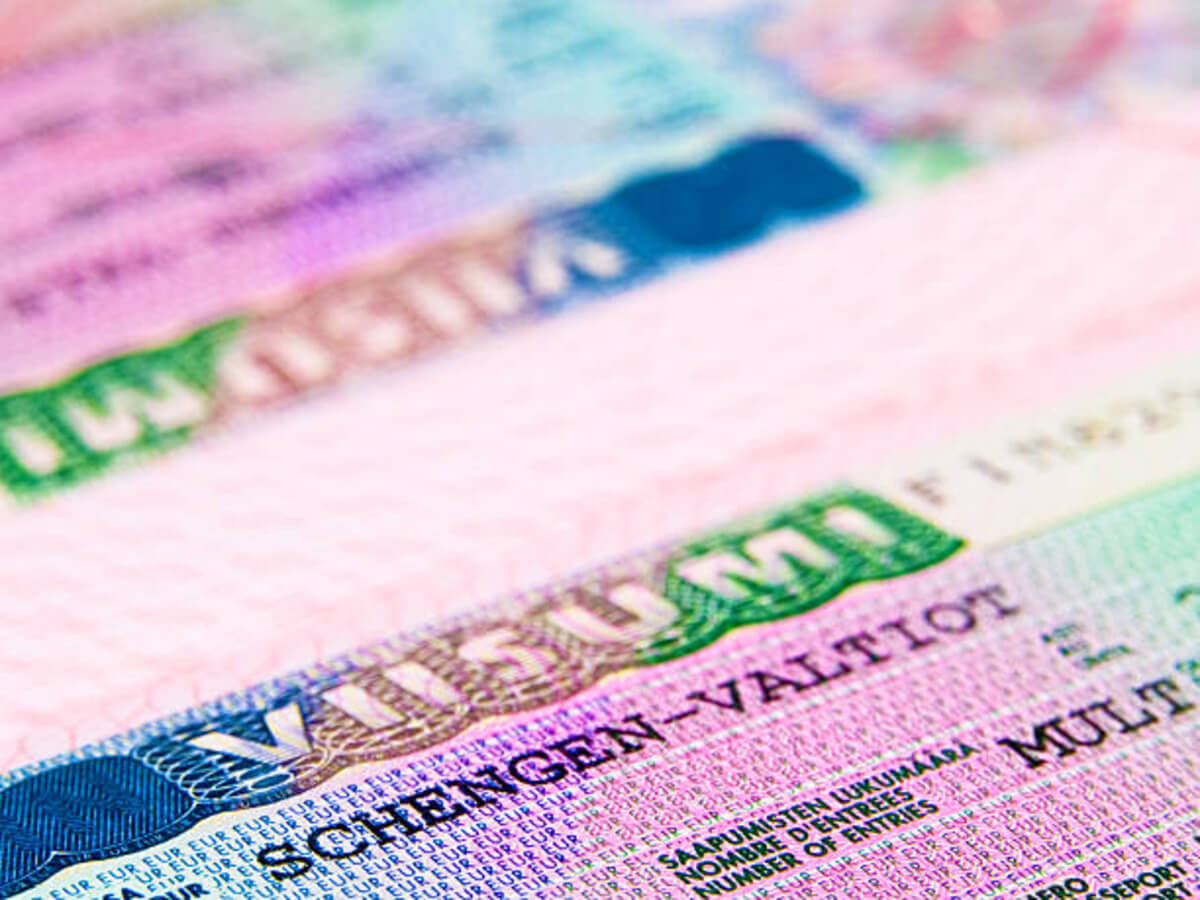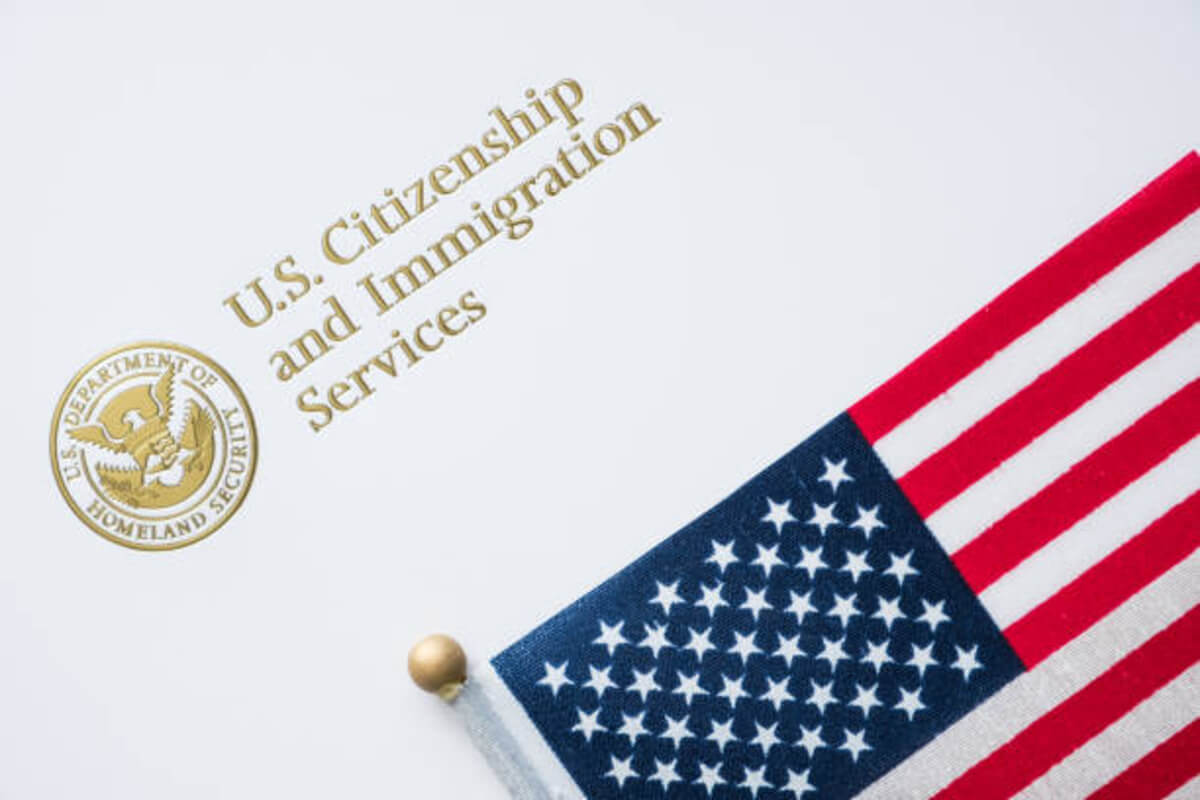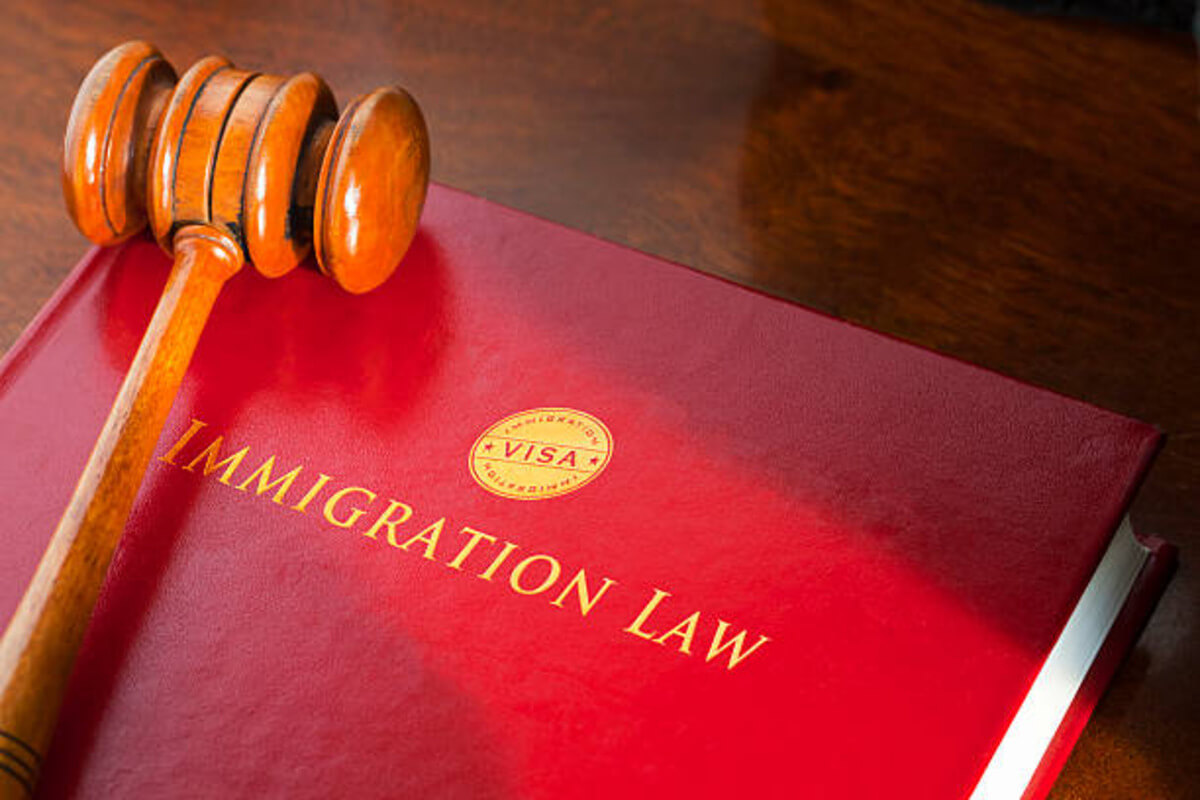Work permits are essential for foreign nationals who want to work legally in Canada. There are different processes for applying for a work permit according to factors such as your country of citizenship, your intent to work in Canada, and whether an employer has offered you a position. Here is a comprehensive guide on how to apply for a Canadian work permit:
Check Your Eligibility
Check your eligibility for a work permit before applying. In general, to get a work permit, you need a valid job offer from a Canadian employer, meet the requirements for your category of work permit, and satisfy any additional criteria of the Canadian immigration agency.
Choose the right category of work permit
There are several types of work permits available in Canada, each of which has its own eligibility requirements and application process. There are several types of work permits, including:
- Work permits issued by specific Canadian employers: For individuals offering to work for that company.
- Permits for open employment: These are permits for individuals who are not tied to a specific employer and can work for any employer they choose in Canada.
- International students graduating from Canadian institutions and wishing to gain work experience in Canada may apply for the Post-Graduation Work Permit (PGWP).
Find a job offer
It is mandatory to obtain a job offer from a Canadian employer before applying for a work permit specific to an employer. ESDC may require employers to obtain a Labour Market Impact Assessment (LMIA) before hiring foreign workers to prove that it will not negatively impact the Canadian labor market.
Work Permit Application
Upon obtaining a job offer (if required) and identifying the correct category of work permit, you can submit a work permit application as follows:
- An online work permit application can be completed through the Immigration, Refugees and Citizenship Canada (IRCC) website in many cases. An online account must be created, an application form must be filled out, and the necessary documents must be submitted electronically.
- The paper application may be required for some Canadian visa applications, either by mail or in person at an application center or Canadian visa office.
Documents Needed
If you are applying for a work permit, you may be required to submit various documents depending on your individual circumstances. Below is a list of common documents required:
- Passports or travel documents that are valid.
- A Canadian employer’s job offer letter or contract (if applicable).
- Credentials, qualifications, or education proof.
- Certificates of police clearance or criminal records checks (if required).
- A copy of the results of the medical examination (if required).
Fees for applications must be paid
Canadians usually have to pay a processing fee when applying for a work permit. Payment of fees should be made according to the instructions and proof of payment should be included with your application. Different work permits require different fees, and biometric data (e.g., fingerprints and photographs) may need to be submitted.
Collecting biometric data (if necessary)
If you are applying for a work permit in Canada, you may need to provide biometric information (fingerprints and photographs) according to your country of citizenship and length of stay. In the event that biometrics are required, you will be required to take your fingerprints and a photograph at a designated biometric collection center.
Fill out the application
In order to submit your work permit application, you must complete the application form, assemble all required documents, and pay the fees as instructed by IRCC. You can submit your application electronically if you apply online. Follow the instructions to upload your documents. Please ensure that all required documents are included in your application, whether you are sending it by mail or in person.
Please wait until processing is complete
You must wait for IRCC to process your work permit application after submitting it. The amount of applications that are processed, the complexity of your case, and whether additional information or documentation is required can all affect processing times. Check your application’s status online using IRCC’s website’s application status tool.
You will receive a decision on your application
In the event your application for a work permit has been approved or denied, you will receive a decision from the IRCC. The work permit will be issued either in the form of a paper document or an electronic authorization if you are approved. In the event that your application is denied, you will be informed of the reasons for the refusal, as well as any options for appealing or reconsidering.
The first step of your work permit application is to arrive in Canada and activate it
Your employer (if applicable) will be notified if your work permit application has been approved, allowing you to begin working in Canada. In order to enter the country legally, make sure that your passport and work permit are both in good condition upon arrival in Canada. Work permits allow you to begin working once you arrive in Canada.
There can be many steps involved in applying for a work permit in Canada, and the requirements may vary based on your individual circumstances. For questions or concerns related to the work permit application process, advice from an immigration professional or legal expert is recommended. To ensure compliance on behalf of your application, you should also familiarize yourself with Canadian immigration laws, regulations, and policies.
Work Permits in Canada: How to Get One
First, you must determine whether you meet the eligibility criteria for a work permit in Canada. Canada has stringent work permit guidelines, but you may be able to obtain one fairly easily if you meet the requirements.
Applicants must meet the following eligibility requirements:
- To obtain a job offer from a Canadian employer, you must secure a firm offer. In certain cases, employers may have to obtain a Labor Market Impact Assessment (LMIA) in order to demonstrate that Canadian workers are not available for the position. It is possible, however, that some high-demand professions, such as software engineers, professors, and doctors, will not be required to comply with LMIA regulations.
- As a basic requirement, you must possess a valid passport, be in good health, have a clean criminal background, and be able to demonstrate sufficient financial resources to support yourself once you arrive in Canada. It is generally estimated that a few thousand dollars are required, though it may vary from province to province.
- Applicants can include their family members in their work permit application if they are planning to accompany them. In addition, they must satisfy prerequisites related to their health, security, and finances. You are permitted to bring them with you to Canada for the duration of your work permit. However, they will require a separate work permit or study permit for employment or study in Canada.
The application process includes:
Submission of forms, verification of eligibility documents, and payment of government processing fees are all part of the process. Depending on the type of work permit, the fee ranges between $150 and $500. There are a variety of factors that affect processing times, ranging from a few weeks to several months.
Sponsorship by an employer:
In order to achieve sponsorship, you must obtain it from an employer. It is possible to hire foreign workers through a number of programs offered by the government of Canada:
Temporary Foreign Worker Program:
The program allows employers to hire foreign workers to fill temporary labor shortages. There must be a one-year minimum on job offers, and the employer must obtain an LMIA to show that there are no Canadians available to fill the position.
Programmes for International Mobility:
Employees relocating within an organization can take part in this program, which includes a variety of streams such as Intra-Company Transfer. It is not necessary to obtain an LMIA in order to obtain these permits.
Sponsorship by an employer: Steps to take:
- Look for jobs in high demand that match your qualifications and experience in sectors such as technology, healthcare, and skilled trades in Canada.
- Prepare a well-designed resume that highlights your relevant education, skills, and experience, including any Canadian experience and education.
- Application for Jobs: Apply for jobs online through platforms such as Indeed, Monster, and LinkedIn to ensure potential employers will sponsor your application.
- Preparation for the interview: Focus on your skills and experience, emphasizing how they will benefit the company.
- Obtain a Job Offer: When you receive an offer of employment, the employer will begin the process of obtaining a work permit for you.
Work Permit Application:
- Finding a Canadian employer willing to support your work permit application is the first step to securing Canadian employment. You can find jobs online through job portals or by utilizing industry connections. In order to demonstrate unavailability of qualified Canadians or permanent residents for a job position, the employer may need to obtain an LMIA.
- You will be able to apply for a work permit through Immigration, Refugees, and Citizenship Canada’s (IRCC’s) website once the necessary documents have been submitted. Among the required documents are personal information, a copy of the job offer and the LMIA, a medical examination report, proof of sufficient funds, and a police record check.
- As soon as your application is approved, you should make the necessary arrangements to enter Canada. It is possible that you will need a Temporary Resident Visa (TRV), depending on your citizenship. In addition to booking flights, securing accommodations, and packing essentials, prepare for your life in Canada with these tips.
- Your work permit will be validated by a Canadian Border Services Agency (CBSA) officer upon entry to Canada, officially granting you authorization to work.
Obtaining a Canadian work permit requires patience, diligence, and time, but with the right opportunity and perseverance, it’s entirely possible. Wishing you the best!






1 comment